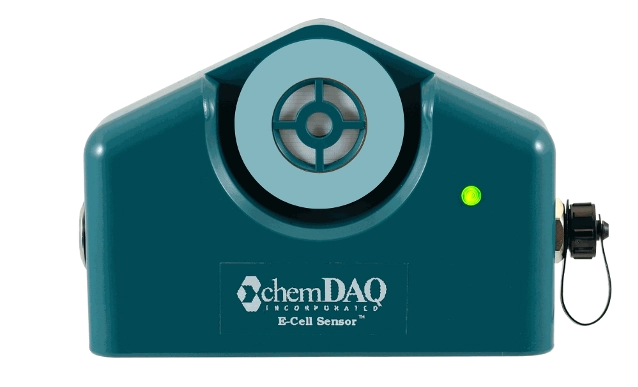1. Disconnect the expired Sensor by doing the following:
a. Remove the expired Sensor from the Sensor Cradle by lifting the Sensor straight up.
b. POWER OFF the Sensor by pressing and holding the POWER BUTTON until the LEDturns off.
(The NO SENSOR message will be displayed on the Area Monitor until the new Sensoris installed.)
c. Unplug the Power Adapter from the Sensor by gently twisting the locking ring counterclockwise and pulling the connector straight out.
2. Install the fresh Sensor by doing the following:
a. Connect the Power Adapter (C): Insert connector and gently turn the locking ring clockwise.
b. POWER ON the fresh Sensor by pressing and holding the POWER BUTTON for approximately five seconds, until the LED illuminates.
c. At the Area Monitor, access the Bluetooth Interface. (MENU > [Passcode]>Bluetooth)
d. In the Bluetooth screen, press SENSOR CONNECTION.
The Area Monitor will now scan for Bluetooth devices within range and will list their serial numbers and/or device names on the display. Your fresh Sensor will be listed by its serial number. If the serial number does not appear, press RESCAN.
e. Once you have found the fresh Sensor’s serial number on the list, use the virtual keypad to select it. (If the Sensor is #3 on the list, press 3 on the keypad.) Follow the prompts.
f. When communications are established, press BACK to return to the Home Display.
The Area Monitor might display a “No Sensor” message temporarily. This will clear within a few seconds after system updating is complete.
g. Set the Sensor in the Sensor Cradle. The button on the back of the Sensor slides between the tabs on the Cradle.
h. WAIT AT LEAST TWO MINUTES BEFORE ZEROING.
3. If required, ZERO the fresh Sensor.
4. Package the expired Sensors and RETURN THEM TO CHEMDAQ. Packing material, and a return-shipping label is provided for your convenience.

